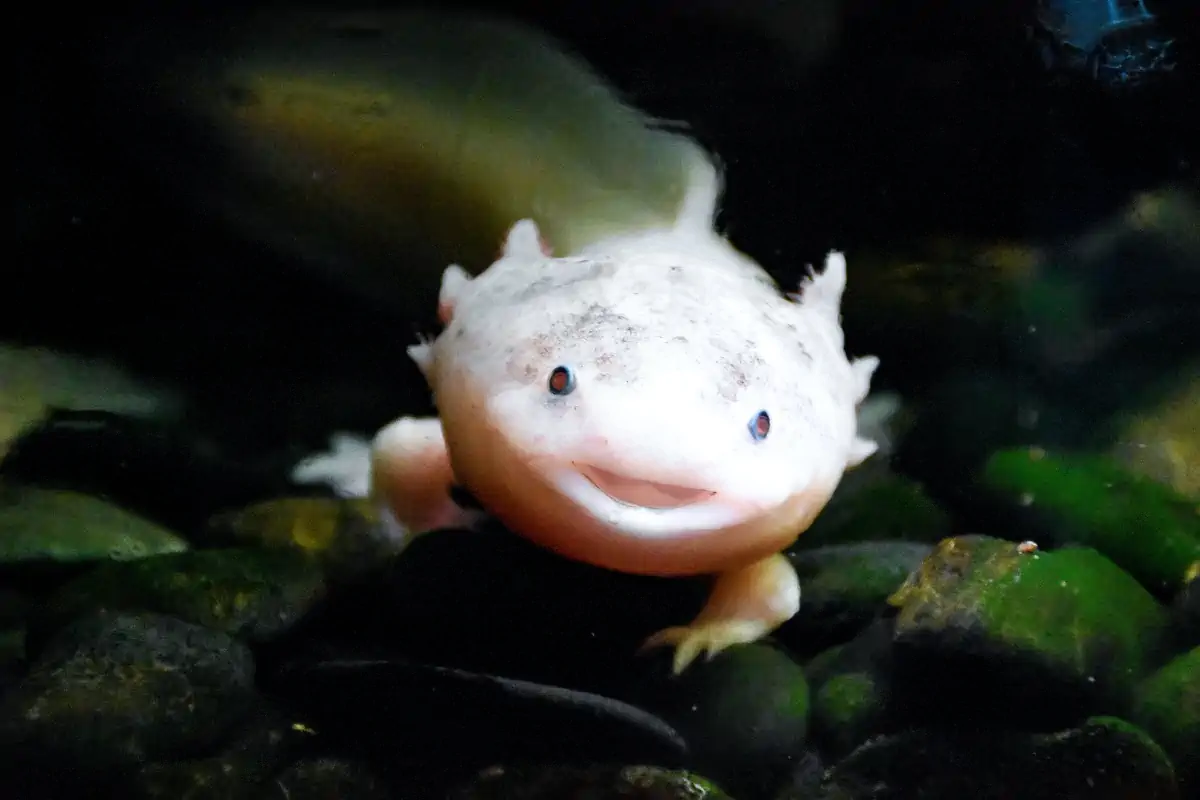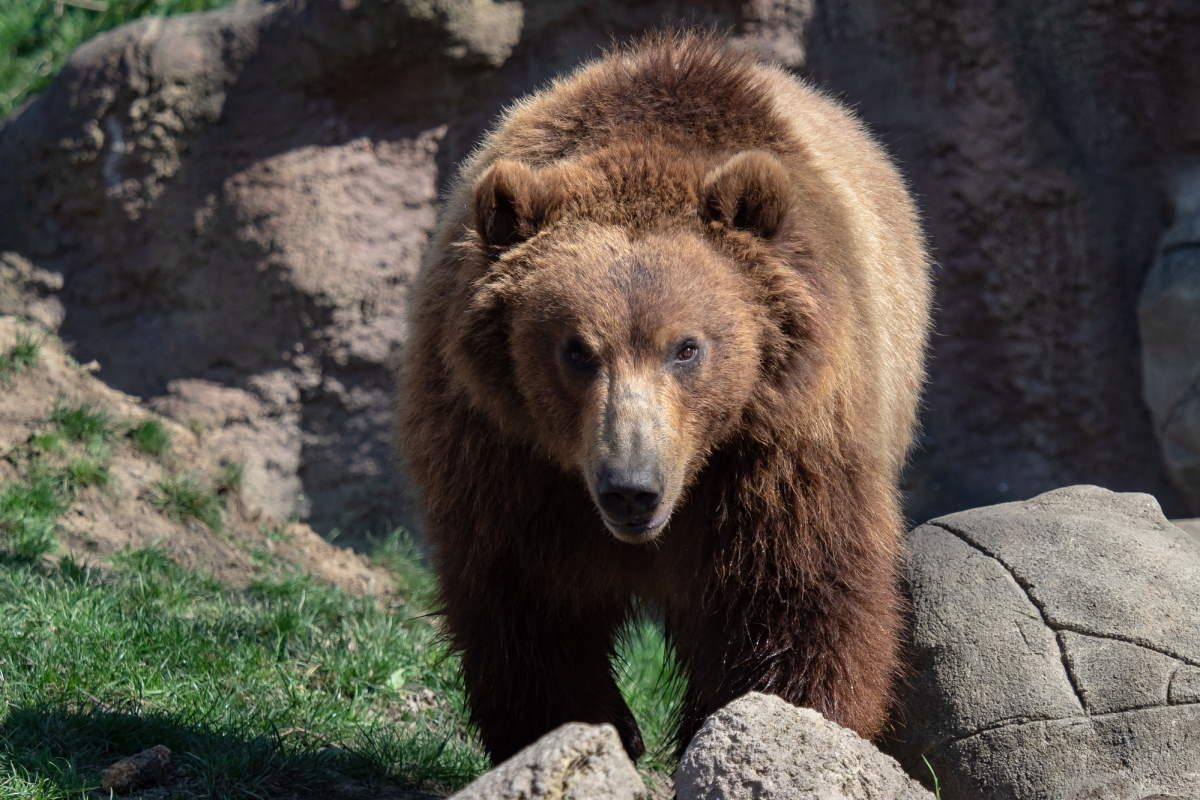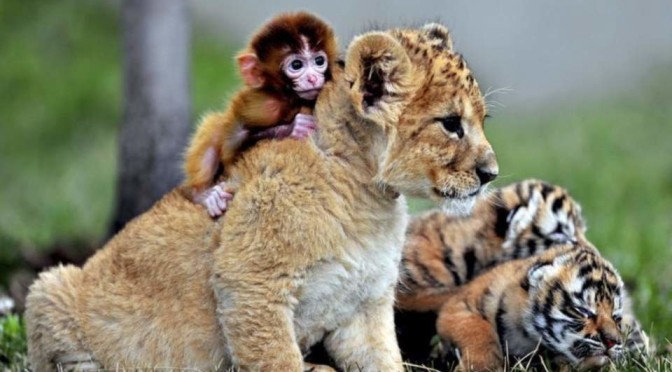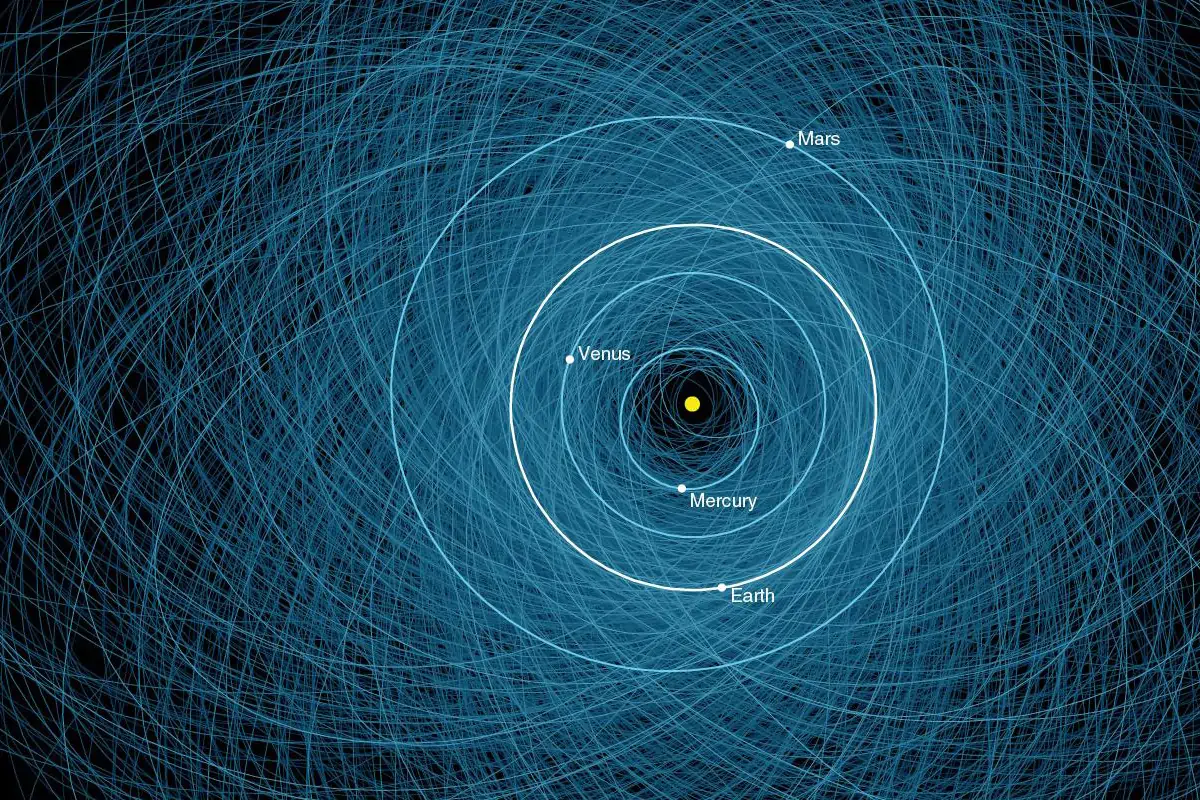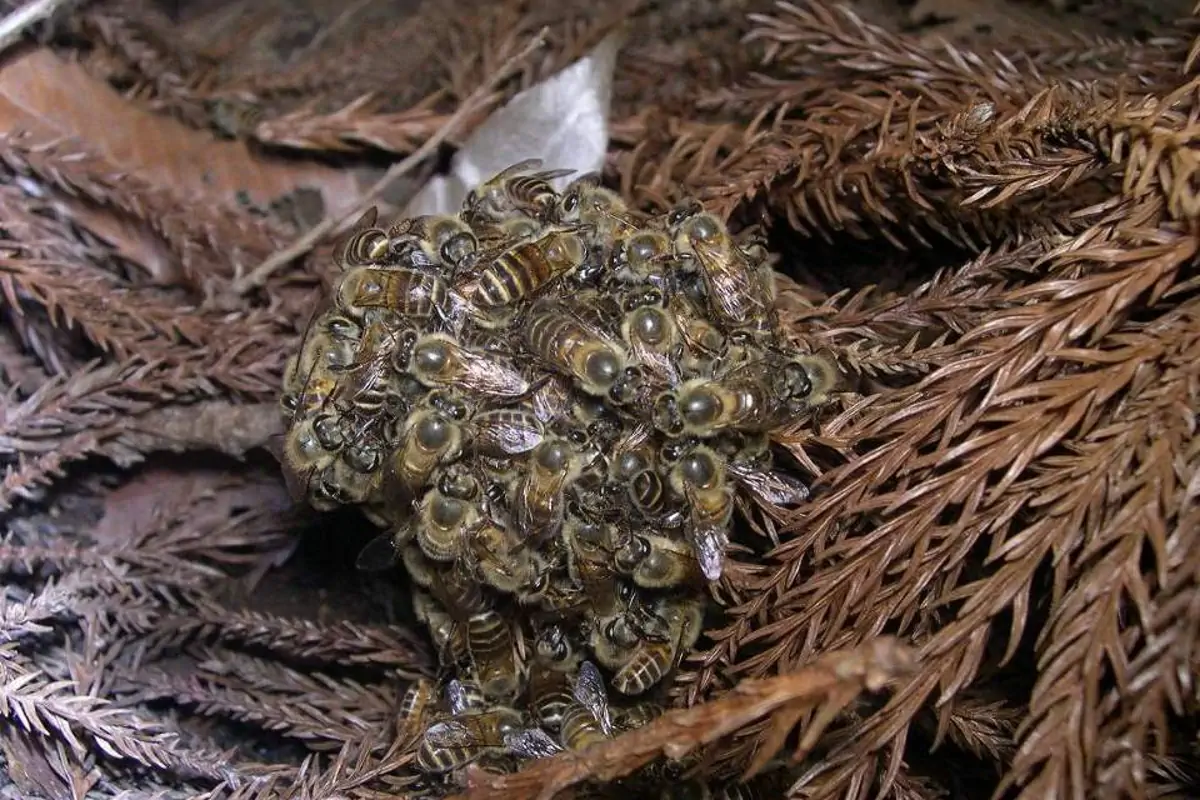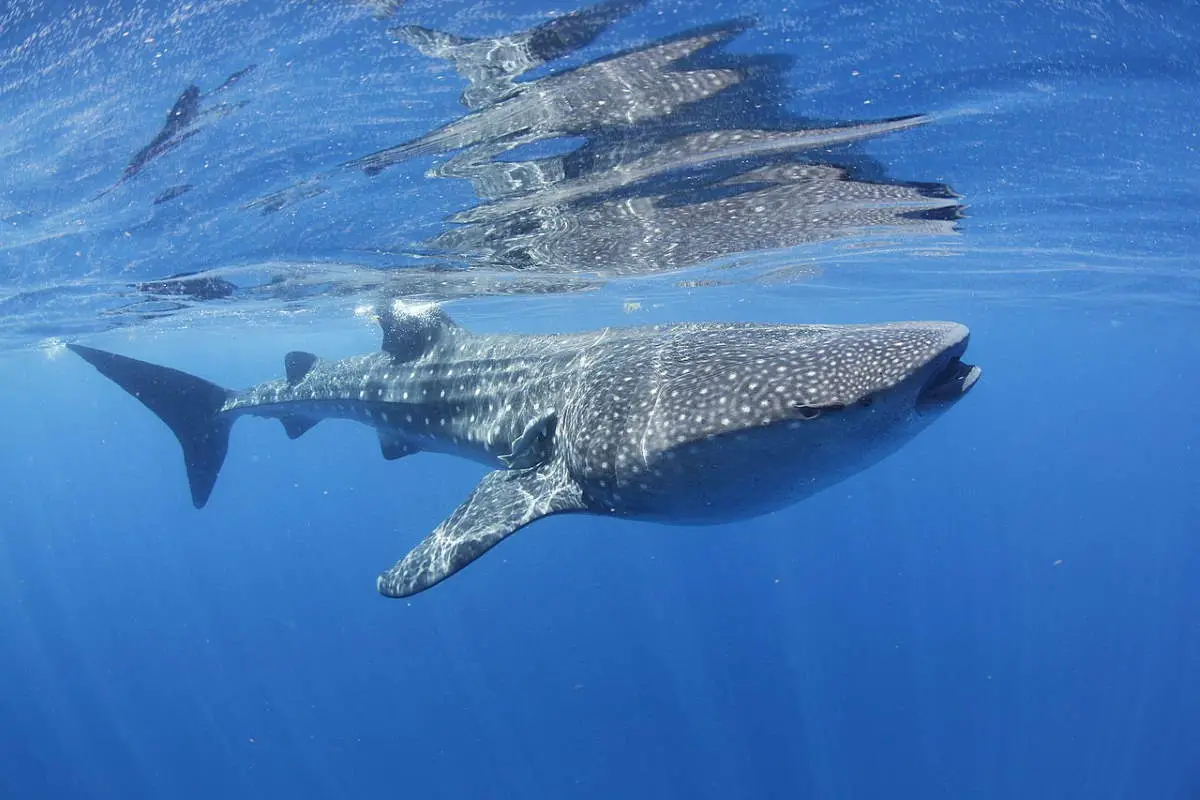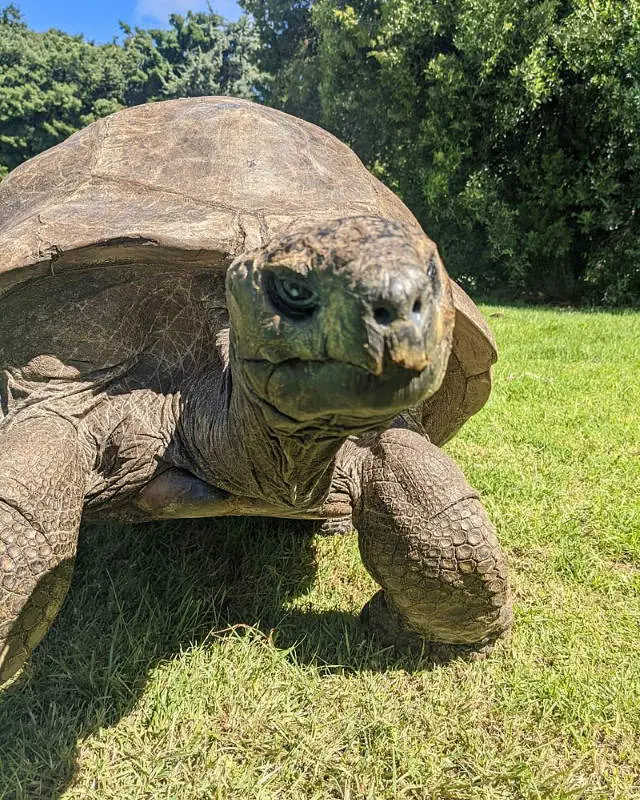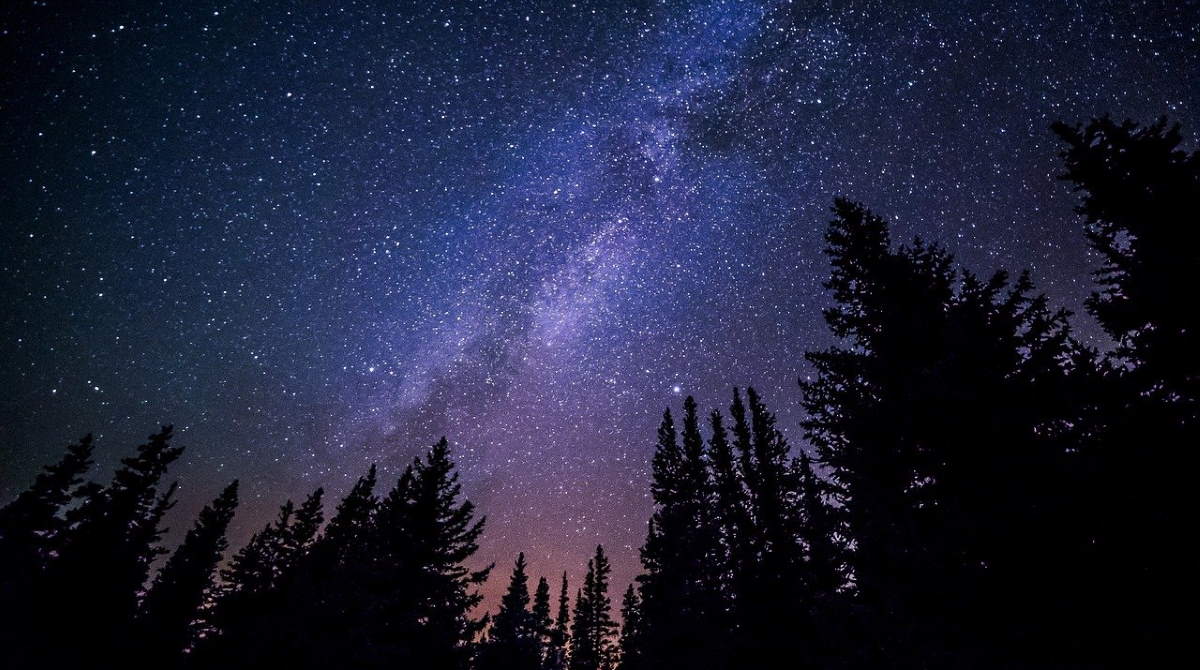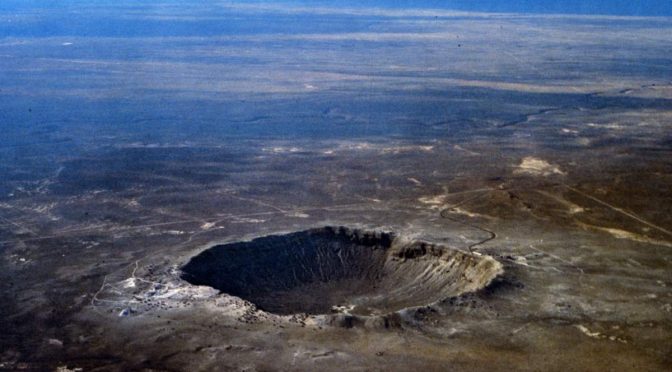The axolotl (scientific name: Ambystoma mexicanum), also known as the walking fish, is a species in the class of amphibians that attracts people’s attention with many features – most notably their “smiling faces”. They are close relatives of the tiger salamander. Here are 10 amazing Axolotl facts:
10 Amazing Axolotl Facts
